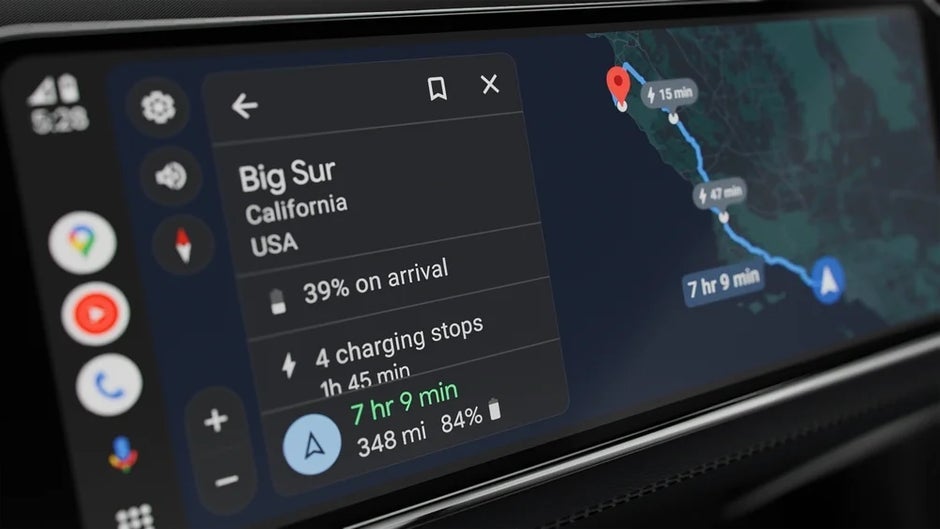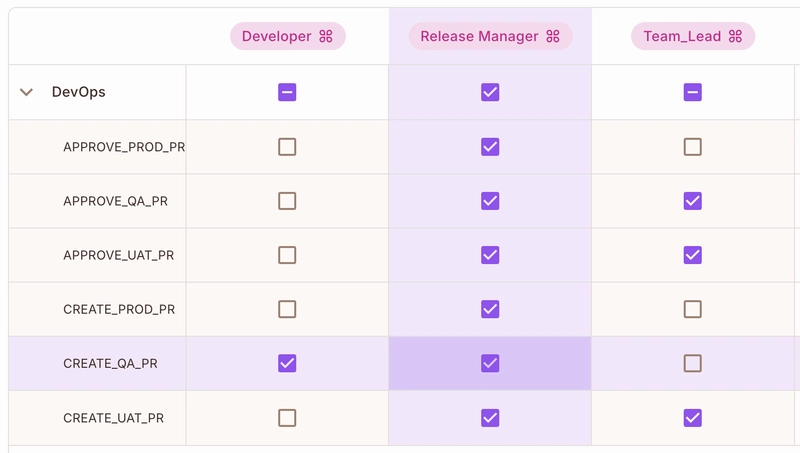AI Agentic Workflows: What They Are and Why They Matter
TL;DR – What You’ll Learn in This Blog What AI agentic workflows are and how they differ from traditional workflows The core architecture and components of an agentic workflow Strategic use cases and real-world examples across industries A clear comparison: agentic workflows vs rule-based automations How agentic workflows improve decision-making and reduce operational load Introduction In the age of Large Language Models (LLMs) and goal-driven AI, companies are moving past basic task automation. They now demand systems that plan, act, reflect, and iterate — autonomously. This evolution has led to the rise of AI Agentic Workflows: dynamic workflows where AI agents function like mini digital employees, driving tasks forward with minimal human oversight. Businesses investing in AI Agent Development Services are increasingly turning to these intelligent workflows to scale operations, improve accuracy, and reduce manual dependencies. But how do they actually work? What makes them different from traditional process automation? And more importantly, how can businesses leverage them to boost efficiency and ROI? Let’s break it down. What Are Agentic Workflows, Really? Agentic workflows represent a leap forward from static, rule-based automation systems. Unlike traditional workflows — which simply follow a predefined, linear sequence of steps — agentic workflows are dynamic, adaptive, and self-improving. They are powered by autonomous AI agents that not only execute tasks but also make decisions, optimize their actions, and collaborate across systems — just like human team members. Here’s what sets agentic workflows apart: 1. Goal-Oriented Autonomy Agentic AI agents don’t just follow hardcoded scripts. They interpret high-level prompts or goals — such as “optimize marketing spend” or “resolve customer query” — and independently set sub-goals required to achieve them. These agents can dynamically reframe goals based on feedback or changing environments. 2. Strategic Planning Once a goal is defined, the agent constructs a step-by-step plan. This isn’t a rigid sequence. It’s an adaptive blueprint..... Continue Reading: AI Agentic Workflows: What They Are and Why They Matter
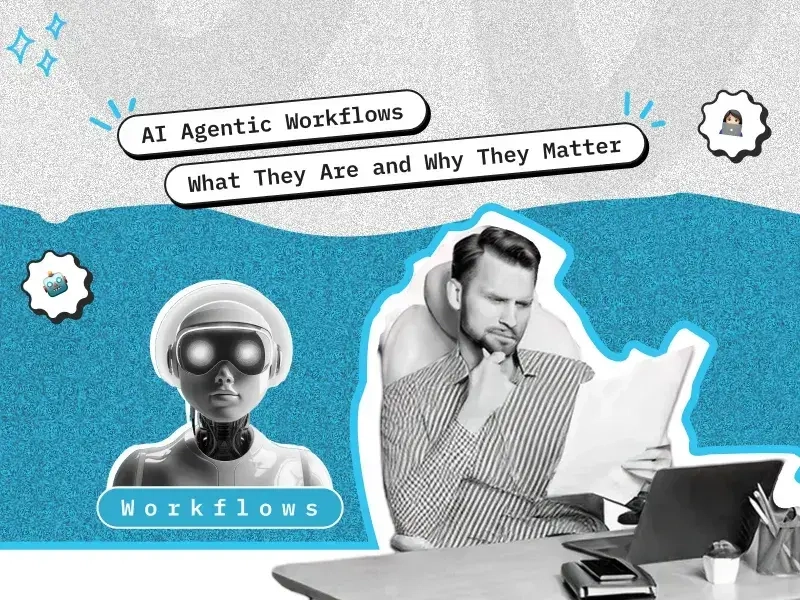
TL;DR – What You’ll Learn in This Blog
- What AI agentic workflows are and how they differ from traditional workflows
- The core architecture and components of an agentic workflow
- Strategic use cases and real-world examples across industries
- A clear comparison: agentic workflows vs rule-based automations
- How agentic workflows improve decision-making and reduce operational load
Introduction
In the age of Large Language Models (LLMs) and goal-driven AI, companies are moving past basic task automation. They now demand systems that plan, act, reflect, and iterate — autonomously. This evolution has led to the rise of AI Agentic Workflows: dynamic workflows where AI agents function like mini digital employees, driving tasks forward with minimal human oversight. Businesses investing in AI Agent Development Services are increasingly turning to these intelligent workflows to scale operations, improve accuracy, and reduce manual dependencies.
But how do they actually work? What makes them different from traditional process automation? And more importantly, how can businesses leverage them to boost efficiency and ROI?
Let’s break it down.
What Are Agentic Workflows, Really?
Agentic workflows represent a leap forward from static, rule-based automation systems. Unlike traditional workflows — which simply follow a predefined, linear sequence of steps — agentic workflows are dynamic, adaptive, and self-improving. They are powered by autonomous AI agents that not only execute tasks but also make decisions, optimize their actions, and collaborate across systems — just like human team members.
Here’s what sets agentic workflows apart:
1. Goal-Oriented Autonomy
Agentic AI agents don’t just follow hardcoded scripts. They interpret high-level prompts or goals — such as “optimize marketing spend” or “resolve customer query” — and independently set sub-goals required to achieve them. These agents can dynamically reframe goals based on feedback or changing environments.
2. Strategic Planning
Once a goal is defined, the agent constructs a step-by-step plan. This isn’t a rigid sequence. It’s an adaptive blueprint.....
Continue Reading: AI Agentic Workflows: What They Are and Why They Matter


















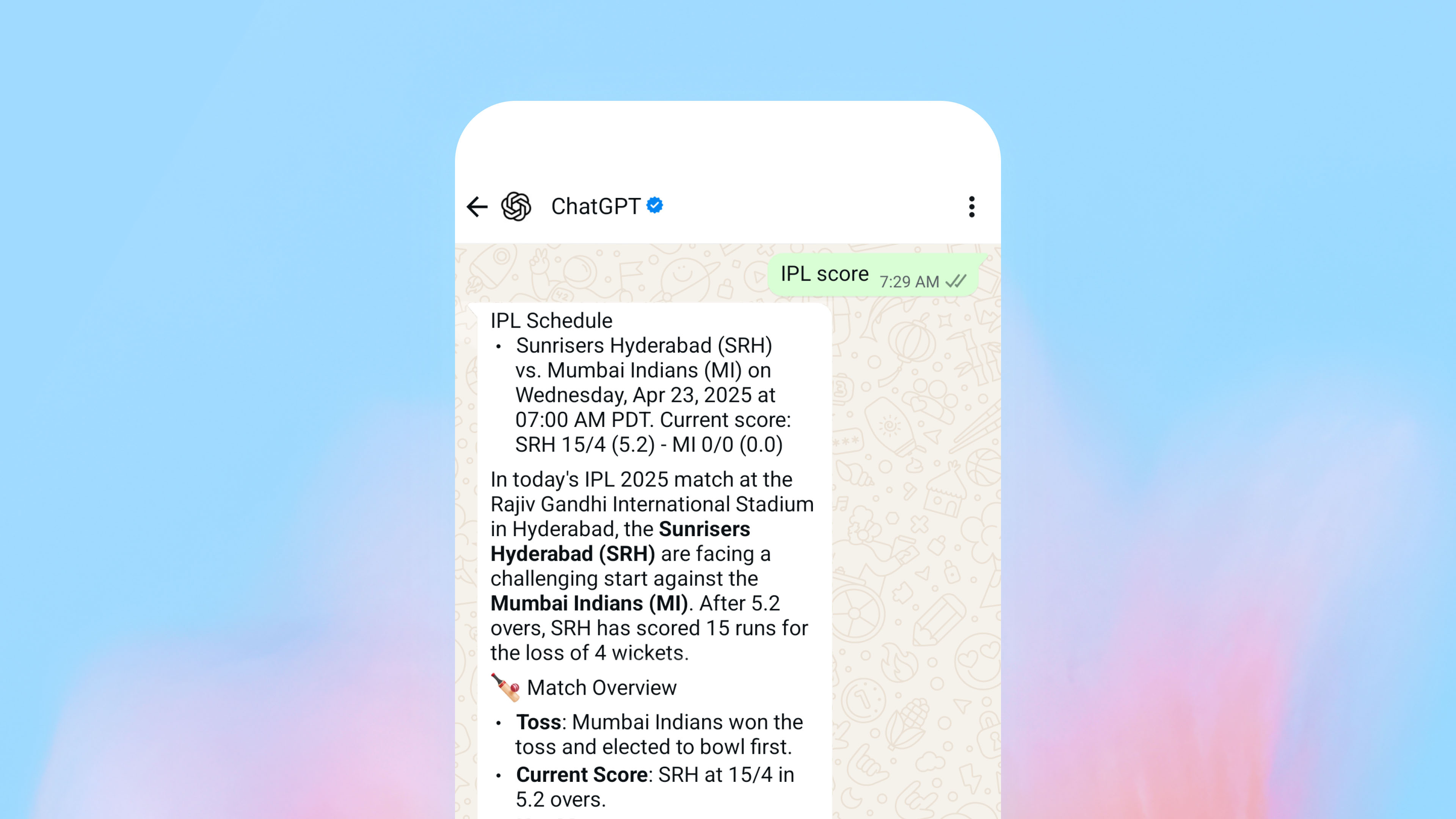
















































































































































![[The AI Show Episode 145]: OpenAI Releases o3 and o4-mini, AI Is Causing “Quiet Layoffs,” Executive Order on Youth AI Education & GPT-4o’s Controversial Update](https://www.marketingaiinstitute.com/hubfs/ep%20145%20cover.png)















































































































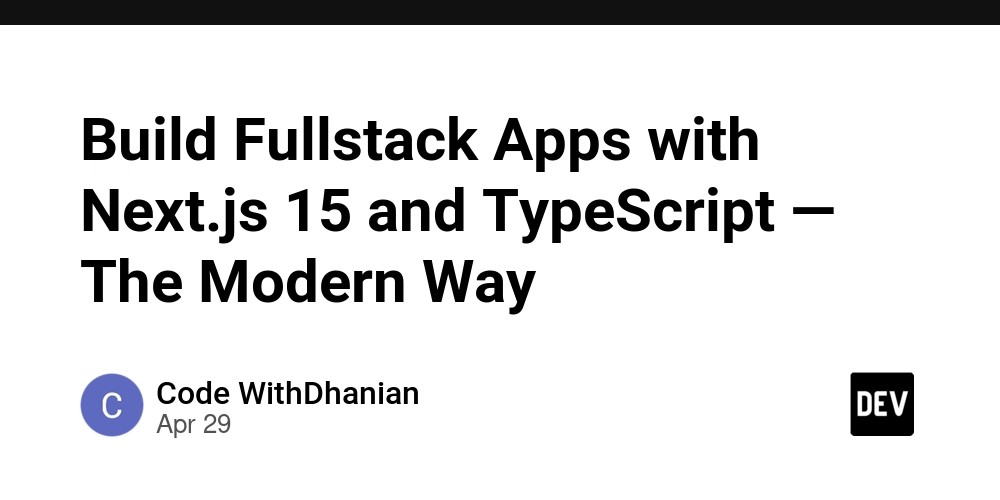



















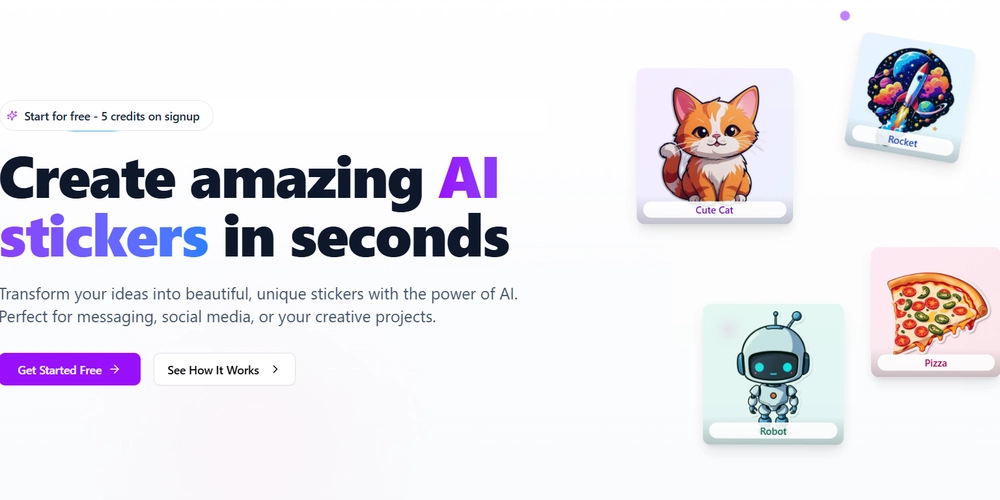












































































































.png?width=1920&height=1920&fit=bounds&quality=70&format=jpg&auto=webp#)






















_Vladimir_Stanisic_Alamy.jpg?width=1280&auto=webp&quality=80&disable=upscale#)



































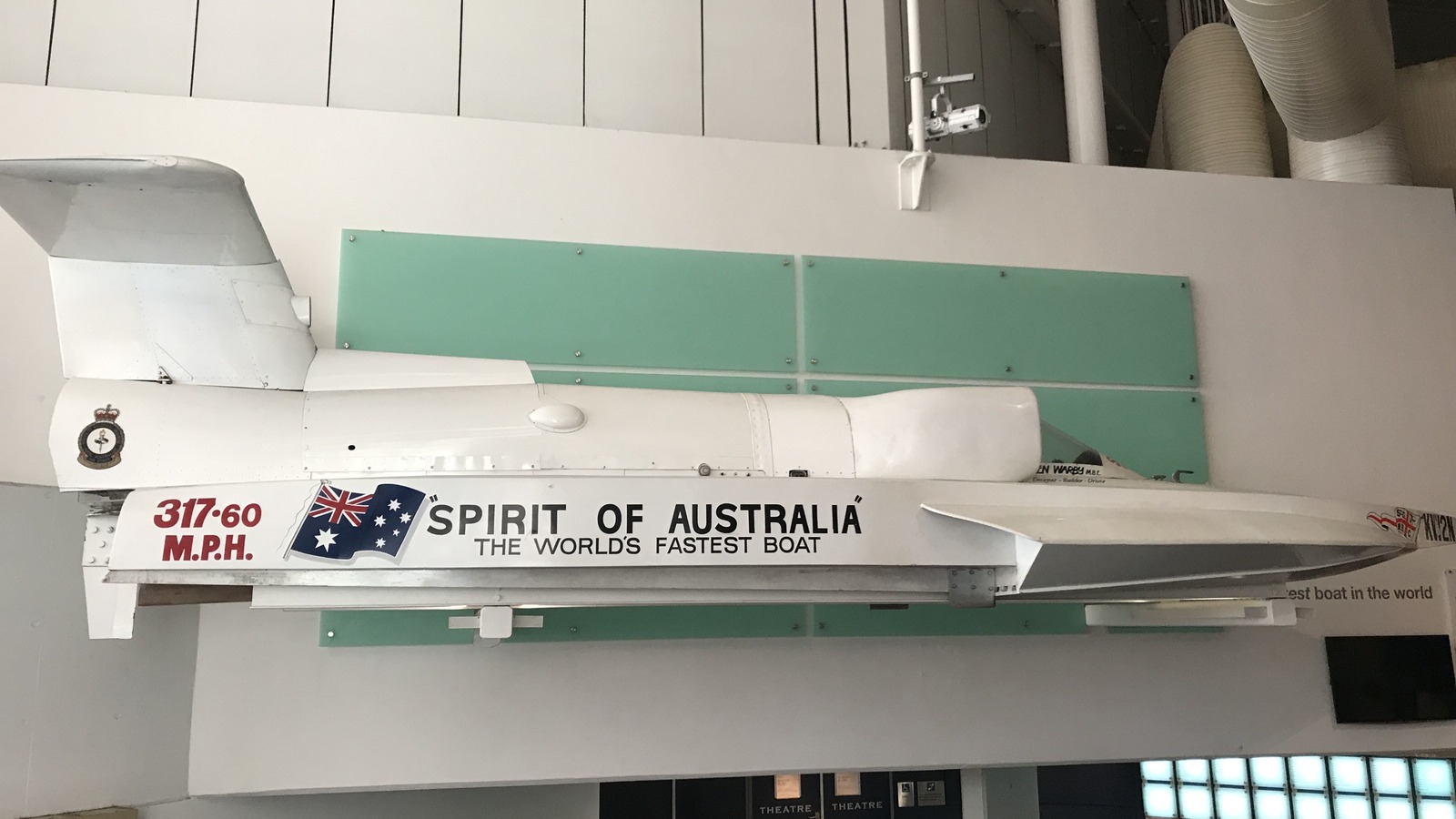









































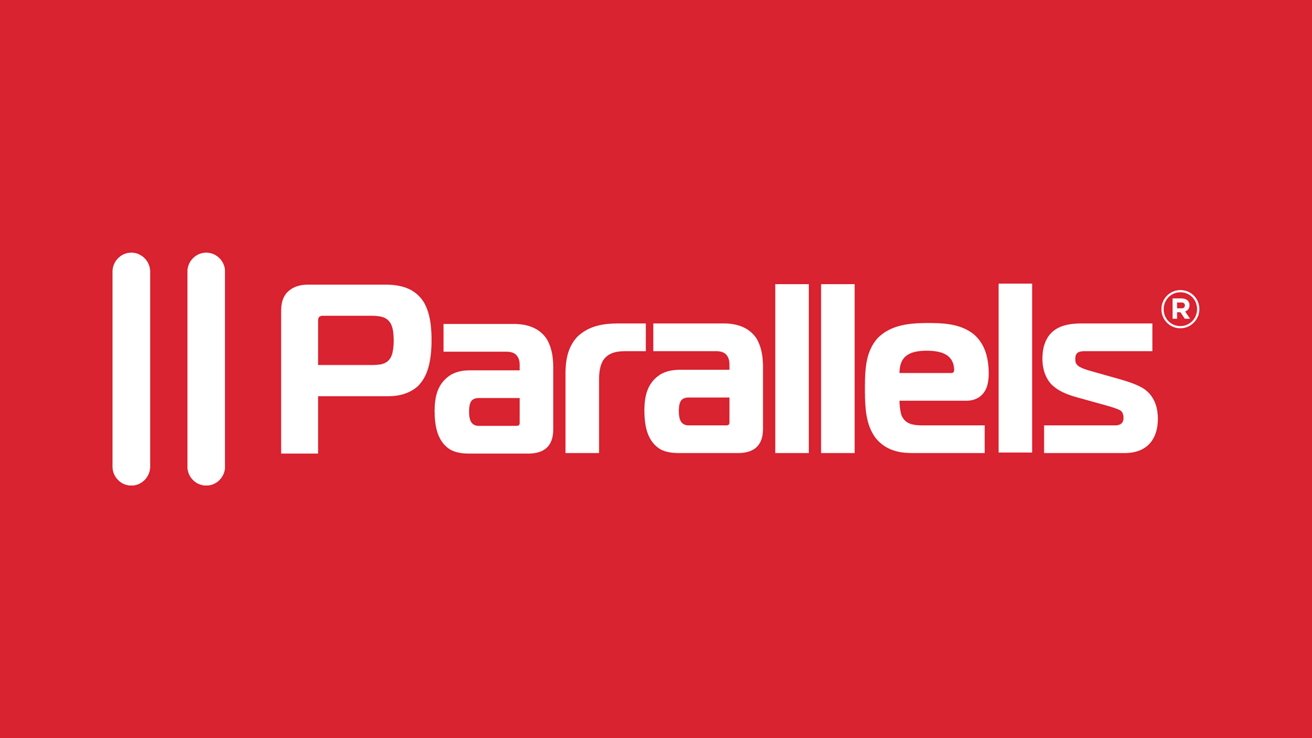






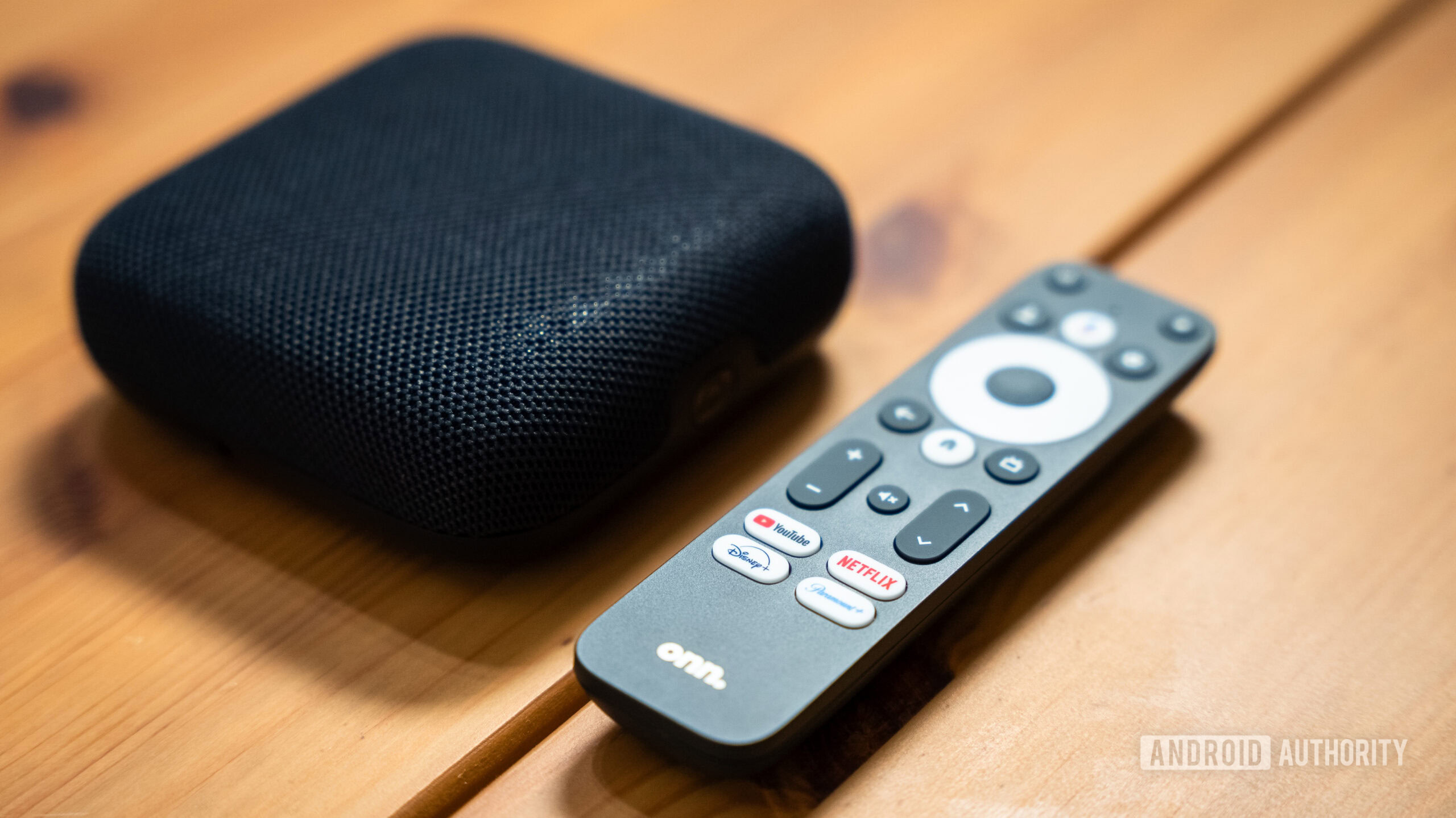
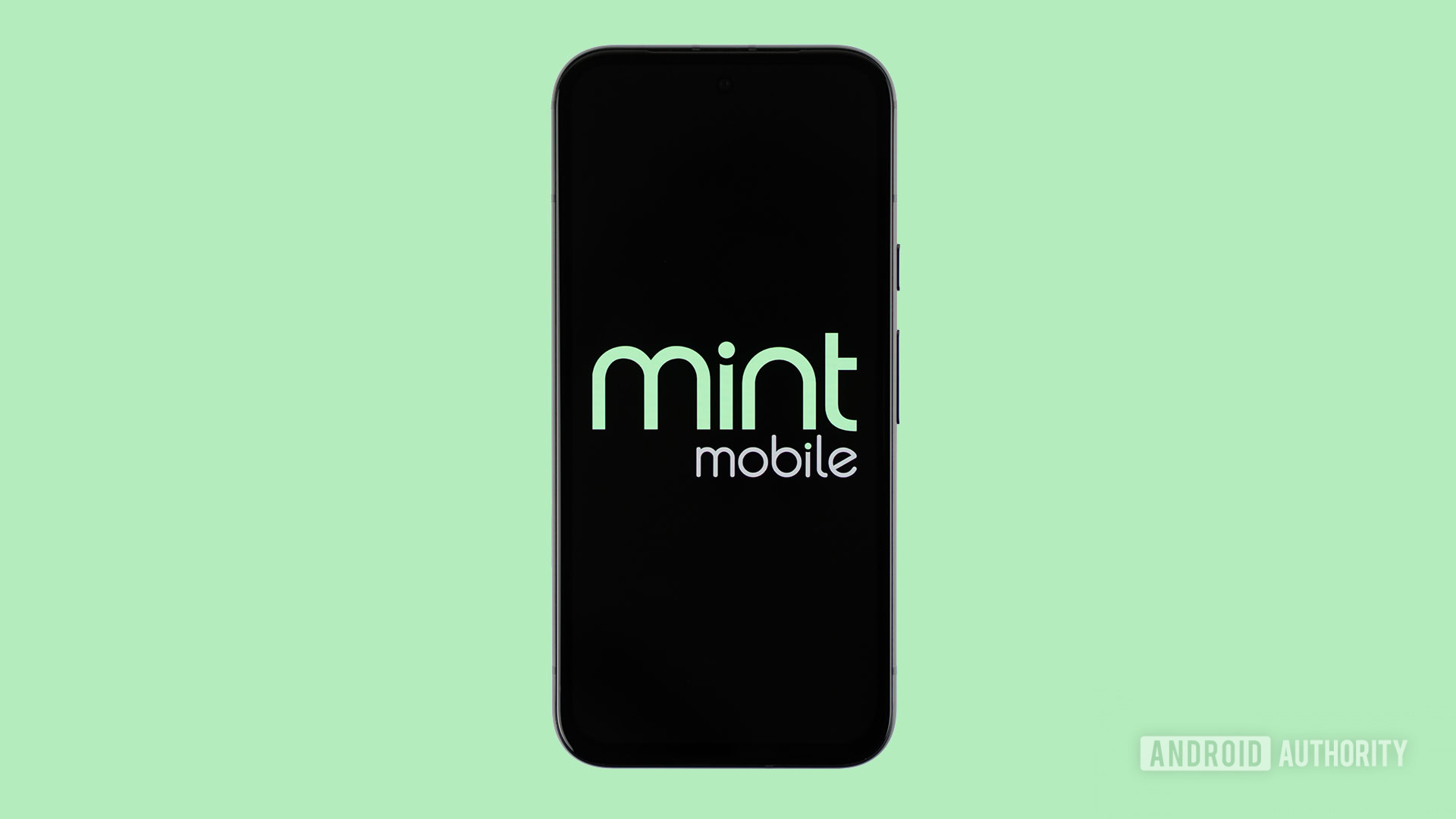



















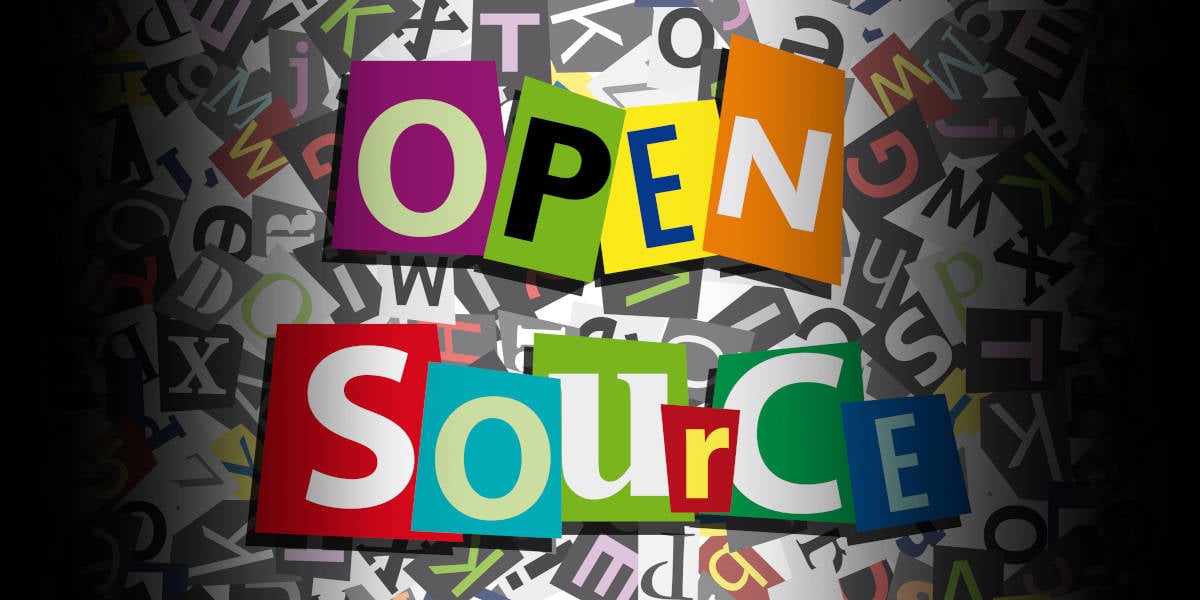
![Standalone Meta AI App Released for iPhone [Download]](https://www.iclarified.com/images/news/97157/97157/97157-640.jpg)

![AirPods Pro 2 With USB-C Back On Sale for Just $169! [Deal]](https://www.iclarified.com/images/news/96315/96315/96315-640.jpg)
![Apple Releases iOS 18.5 Beta 4 and iPadOS 18.5 Beta 4 [Download]](https://www.iclarified.com/images/news/97145/97145/97145-640.jpg)
















































![Did T-Mobile just upgrade your plan again? Not exactly, despite confusing email [UPDATED]](https://m-cdn.phonearena.com/images/article/169902-two/Did-T-Mobile-just-upgrade-your-plan-again-Not-exactly-despite-confusing-email-UPDATED.jpg?#)
